Corporate Accounting (ACCT2002) Assignment 2: Intra-group Transactions
VerifiedAdded on 2022/09/26
|6
|583
|20
Report
AI Summary
This assignment provides a detailed analysis of intra-group transactions, crucial for accurate financial reporting in corporate accounting. It addresses five key issues: the importance of recording these transactions for dispute resolution and accurate profit identification, the accounting treatment of inventory sales between parent and subsidiary companies, the realization of profit when goods are not immediately sold to outsiders, the impact of asset costs and depreciation in intragroup transactions, and the adjustments needed for dividends paid by subsidiaries. The document references relevant accounting standards and explains how each issue affects the preparation of consolidated financial statements, ensuring a comprehensive understanding of the topic. This assignment is a solution for ACCT2002 course at Laureate university and provides a clear understanding of the topics.
1 out of 6
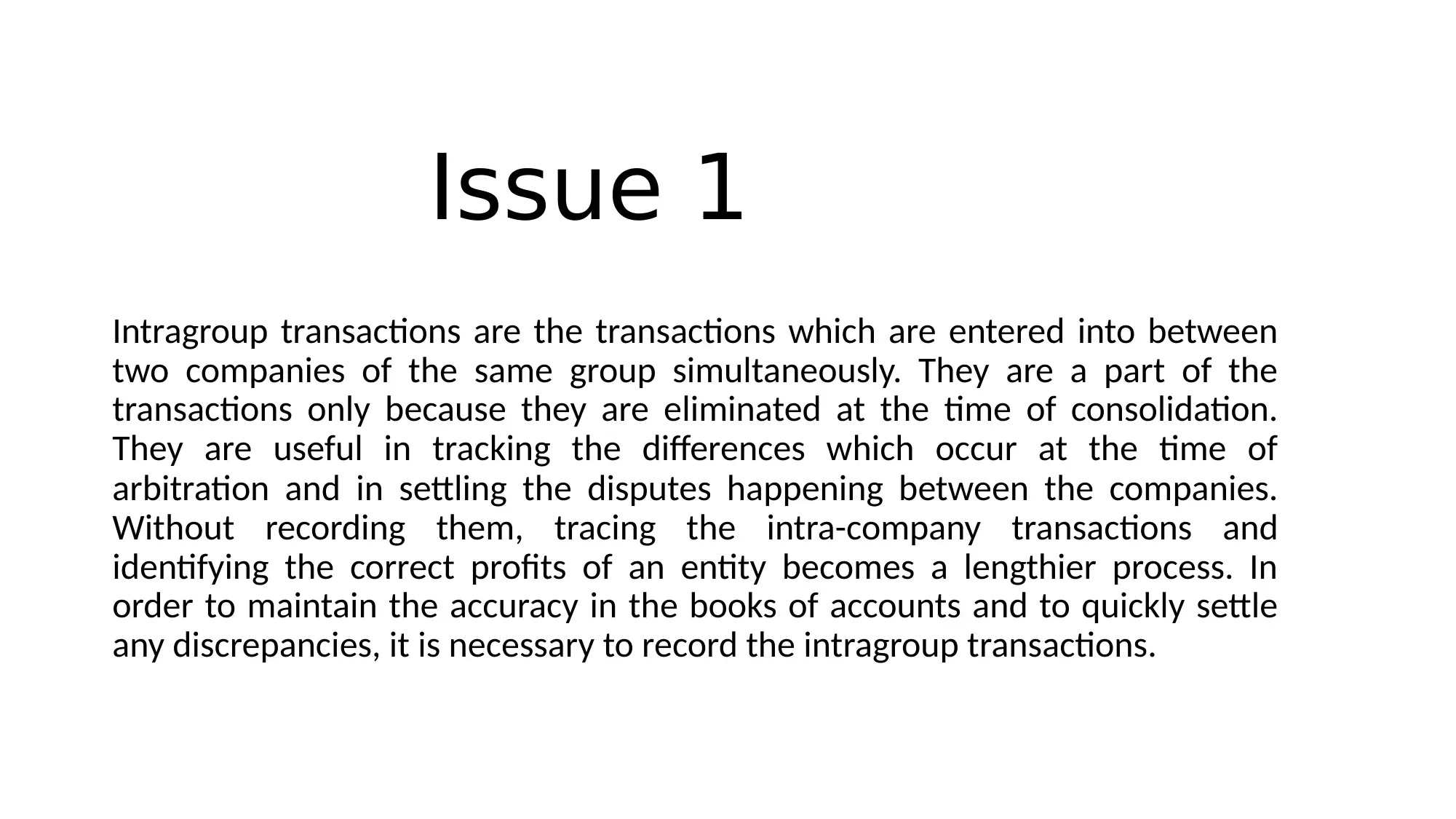
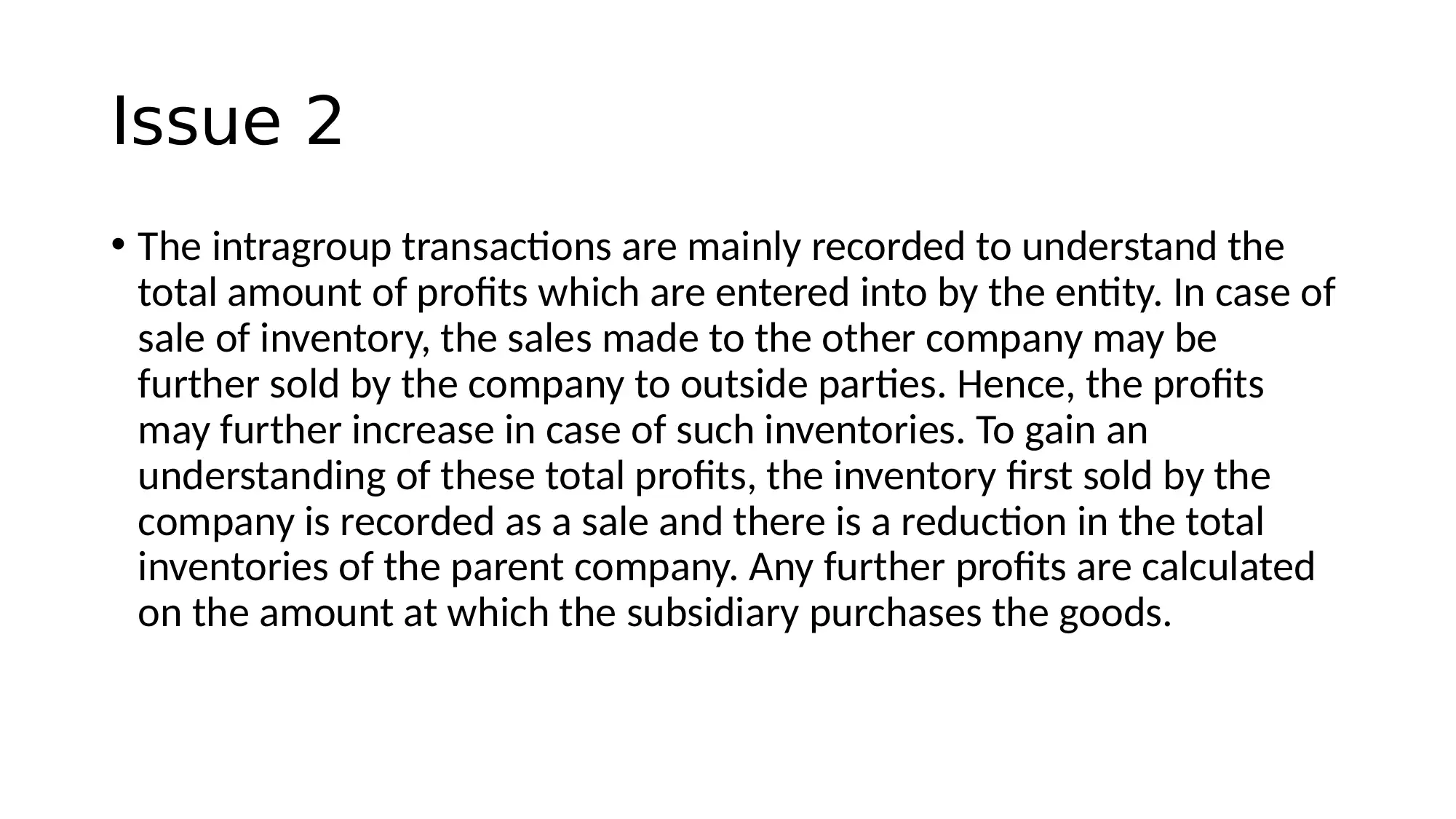
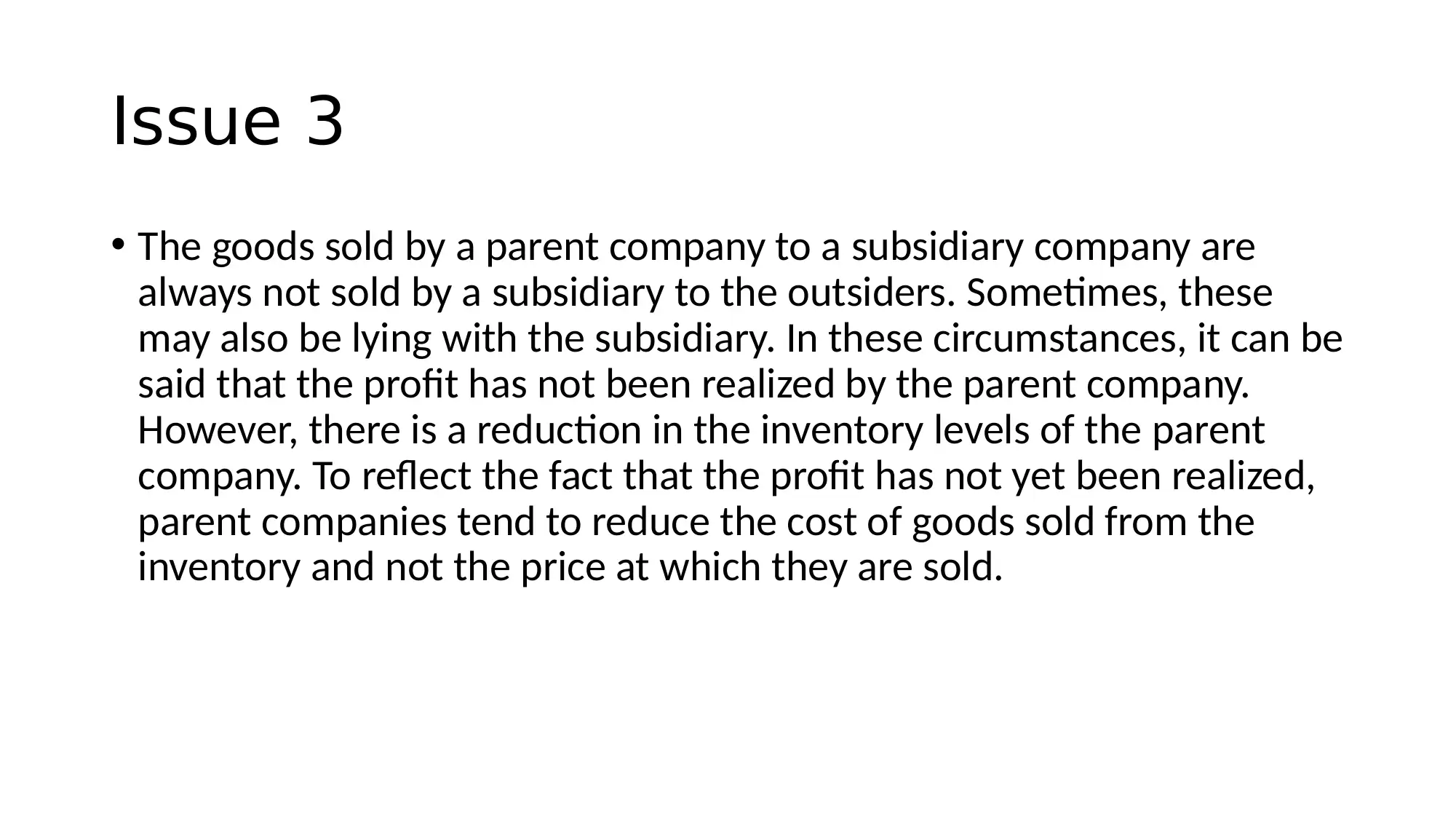

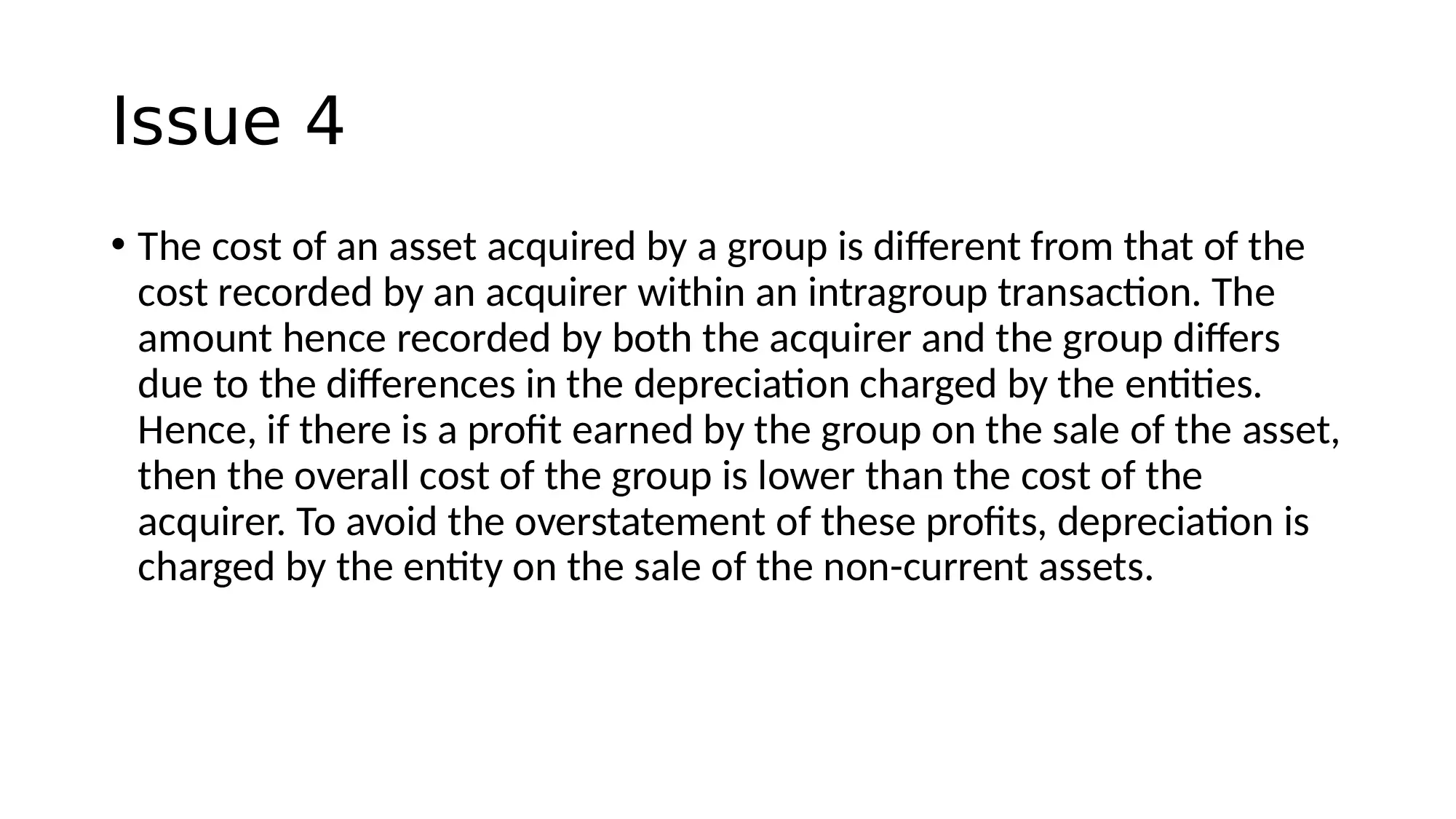
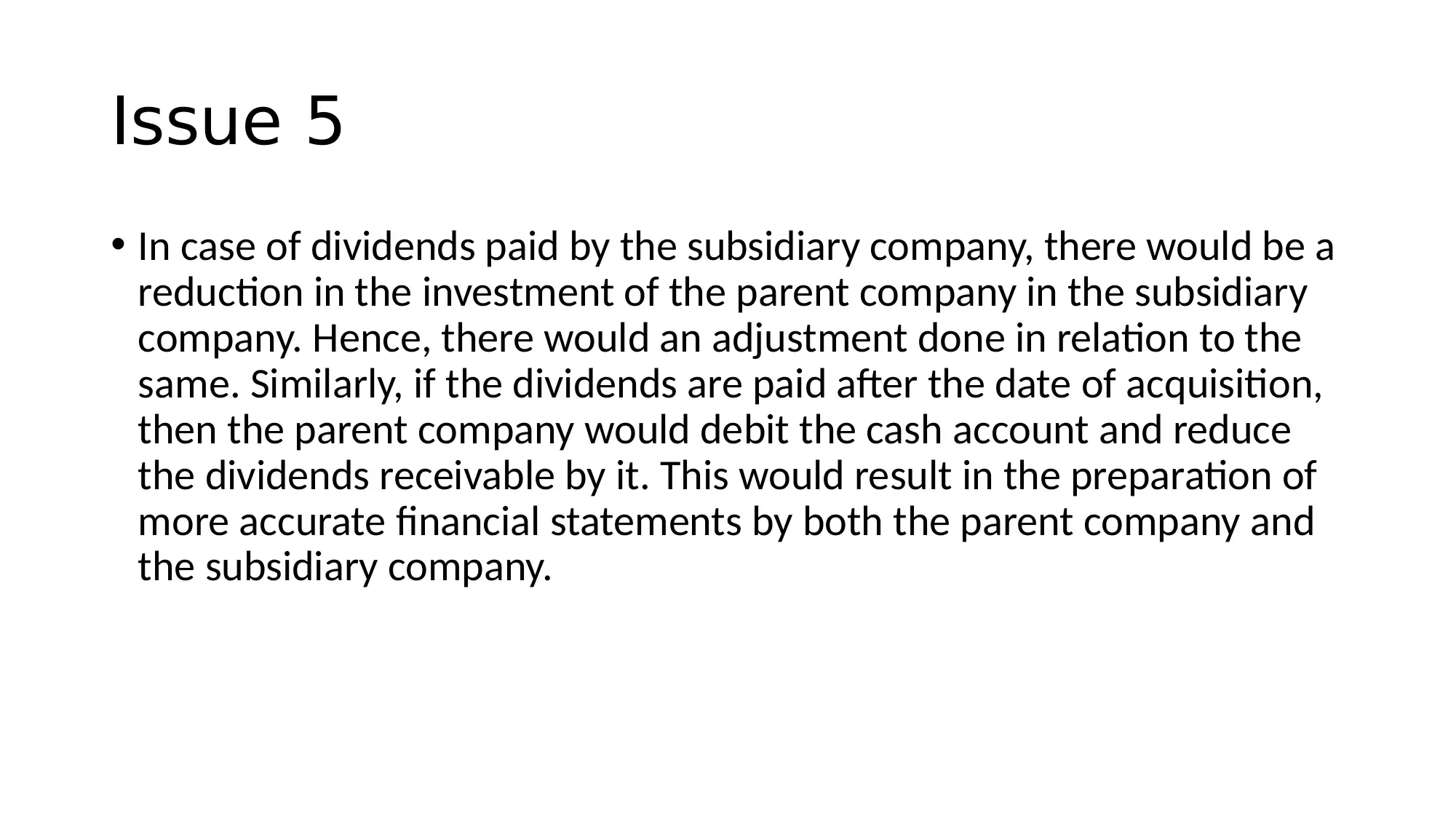
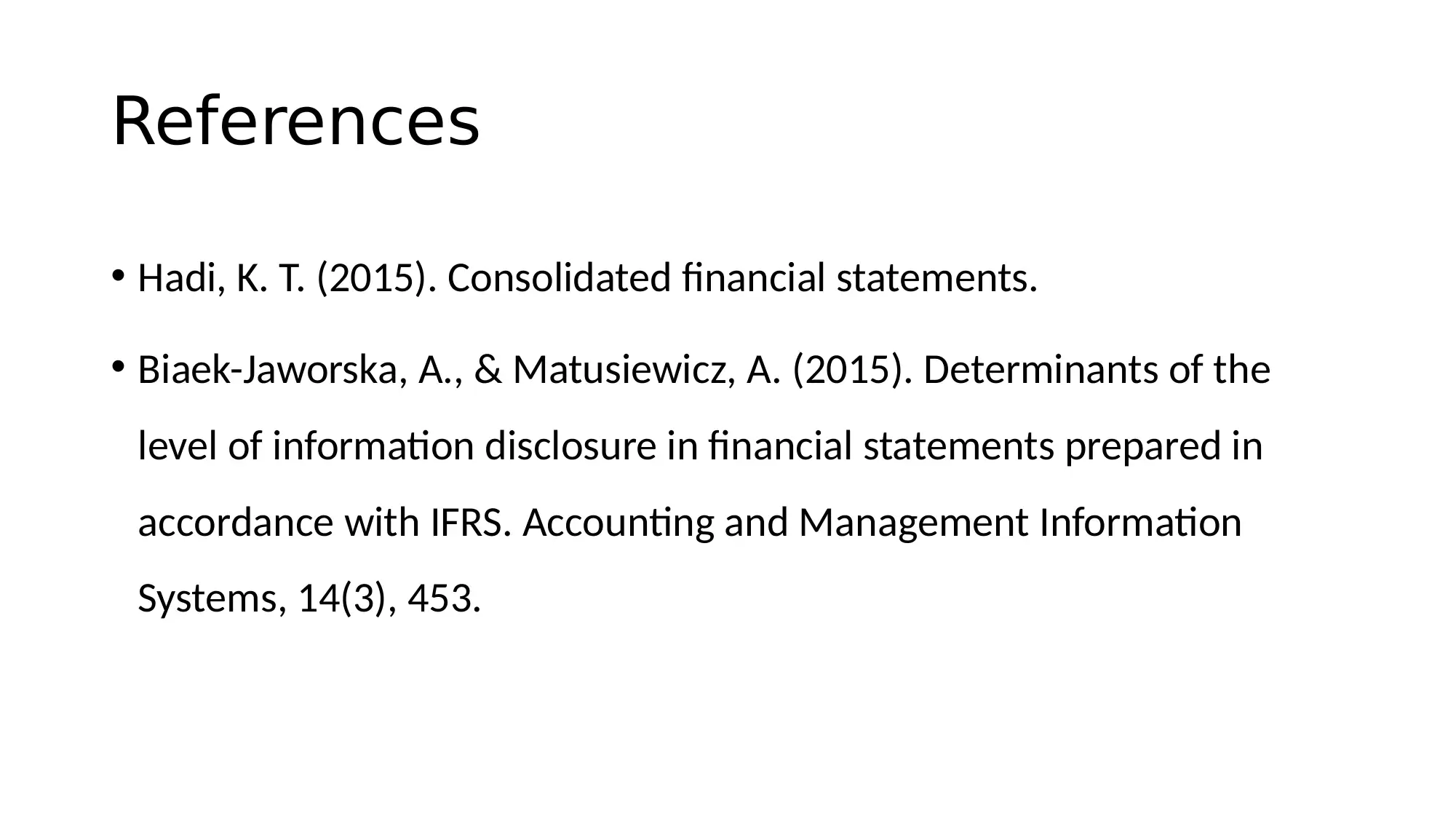





![[object Object]](/_next/static/media/star-bottom.7253800d.svg)